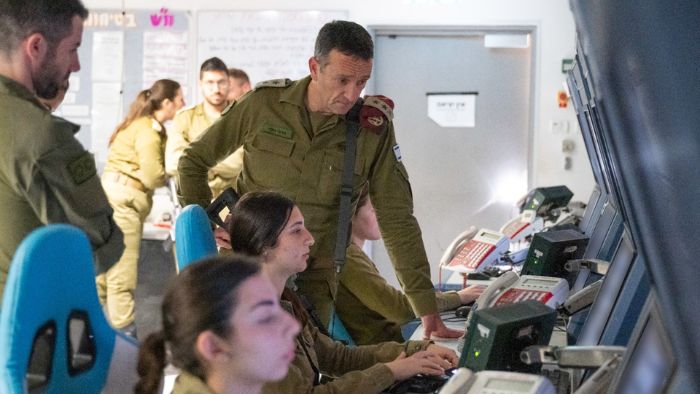Exploring the utilization of Google Photos by the Israeli military for civilian identification in Palestine sheds light on a controversial practice with far-reaching consequences. The use of advanced technology like Google Photos in such a sensitive context raises ethical questions and sparks debate about privacy rights and surveillance in conflict zones. This article delves into the implications of this practice, highlighting the intersection of digital innovation, military operations, and civilian surveillance in the region, especially concerning the Google Photos Israeli military civilian identification Palestine keyword.

Toha’s Denial of Hamas Affiliation
Toha adamantly denied any links to Hamas, emphasizing his stance on not being affiliated with the organization. This denial sheds light on the complexity and sensitivity of issues related to political association in regions like Palestine, where affiliations can have far-reaching implications on individuals’ lives.
During his interrogation, Toha displayed a lack of awareness regarding the Israeli military’s utilization of facial recognition technology in Gaza for civilian identification purposes. This lack of knowledge underscores the potential challenges faced by civilians in conflict zones, where advanced technologies are implemented without transparent communication.
Notably, Toha acknowledged hearing about the use of new technology by an Israeli soldier during his detention. This revelation highlights the asymmetry in information access and technological advancements between military forces and civilians in conflict zones like Palestine. It raises concerns about the implications of such technological disparities on civilian populations.
